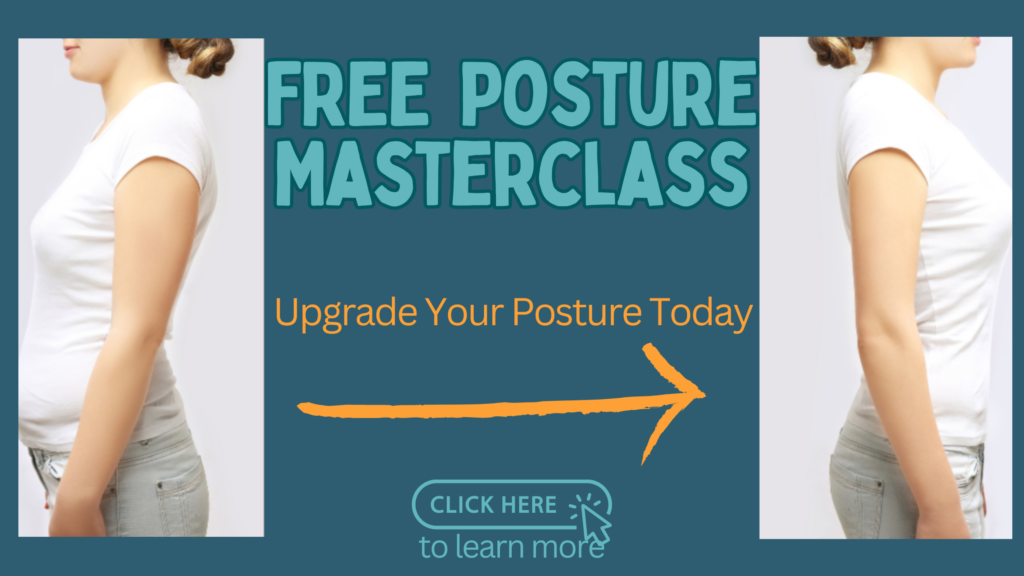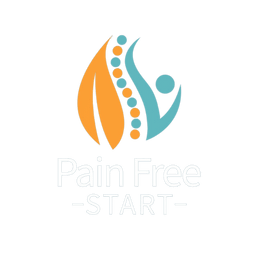Elbow crutches, also known as forearm crutches, are essential walking aids that provide stability, support, and improved mobility for individuals recovering from injuries, managing chronic conditions, or needing assistance with balance.
However, selecting the right crutches and using them correctly is key to maximising comfort and mobility. In this guide, I’ll share essential tips on buying, adjusting, and walking with elbow crutches to help you move safely and confidently.
Choosing the Right Elbow Crutches: What to Look For
Selecting the right pair of crutches is crucial for comfort and support. Here’s what to consider:
1. Height Adjustability
- Choose crutches with adjustable height settings to ensure the correct fit.
- Proper height adjustment reduces strain on your wrists and shoulders while improving stability.
2. Handle Comfort
- Look for ergonomic handles with padding or a contoured design to reduce pressure on your hands and wrists.
- Comfortable handles can prevent blisters and discomfort, especially if using crutches long-term.
3. Weight and Durability
- Lightweight yet sturdy materials like aluminium or carbon fibre are ideal.
- Heavy crutches can make movement difficult, while durable materials ensure longevity and safety.
4. Weight Capacity
- Always check the weight limit of the crutches to ensure they can safely support your body weight.
- Exceeding the recommended weight capacity can compromise stability and safety.

If you would like some support I would LOVE to HELP. Find out how here.
How to Walk With Elbow Crutches: Correct Techniques
Using crutches effectively reduces strain, improves mobility, and prevents injuries. Follow these steps to get the best support from your crutches.
1. Adjusting the Crutches for a Proper Fit
- Stand upright with your arms relaxed at your sides.
- Adjust the crutches so that the handle aligns with the crease of your wrist when your arm is at rest.
- Your elbows should have a slight bend when gripping the handles.
2. Weight Distribution
- Bear weight through your hands and forearms, not just your wrists.
- Engage the muscles around your shoulders to improve stability and control.
- Position the crutches slightly in front and to the side to avoid tripping over them.
3. Mastering the Gait Pattern
Three-Point Gait (Most Stable)
- Move both crutches forward.
- Step forward with your injured or weaker leg.
- Follow with your stronger leg.
Reciprocal Gait (More Advanced)
- Move opposite arm and opposite leg together, similar to a marching motion.
- This is faster but offers less support, so use it as you progress in strength and balance.
Navigating Stairs and Slopes with Crutches
Using crutches on stairs and slopes requires extra care. Always seek guidance from a healthcare professional to ensure safe techniques.
Using Stairs with Crutches
- If a handrail is available, use it! This provides more stability.
- Use one crutch and the handrail for maximum support.
- Going up: Step up with your stronger leg first, then move your weaker leg and crutch.
- Going down: Put your crutch down first. Step down with your weaker leg, followed by your stronger leg.
Walking on Slopes with Crutches
- Use the same technique as flat surfaces, but take shorter, controlled steps.
- Move slowly and steadily to maintain balance and avoid slipping.
Mastering these techniques enhances safety and confidence, helping you navigate daily life with ease.
Struggling with Pain and Injury?
I would love to help you.
If you’re dealing with pain or an injury, I can support you in many ways – take a look to see how.
I also offer Online Treatment Programs designed to resolve pain quickly and effectively from the comfort of your own home.
These programs include expert techniques, advice, and exercises, all at an affordable price:
Programs Available:
✔ Achilles Tendinopathy – £79
✔ Plantar Fascia Pain – £79
✔ Arthritic Knee – £99
✔ Back Pain – £99
Not Injured but Feeling Stiff?
✔ Pain Free BODY – £99 (Includes a Full Body MOT & Movement Plan!)

TOP TIP – Join my FREE Posture Program. UPGRADE your posture TODAY
Conclusion:
Regain Mobility and Confidence with Elbow Crutches
Elbow crutches can be life-changing for individuals recovering from injuries or managing mobility issues. Choosing the right crutches and learning proper walking techniques ensures comfort, safety, and improved independence.
By adjusting your crutches correctly, distributing weight efficiently, and following the best gait patterns, you can regain confidence and freedom of movement.
Always seek professional guidance to ensure you are using your crutches safely and effectively. With the right approach, you can move with greater ease and less pain.
Take care, Helen
Helen Manders BSc (Hons) MCSP HCPC
Chartered Physiotherapist Since 2001
P.S. Don’t forget I’m here if you would like my support. Click here to learn how.



